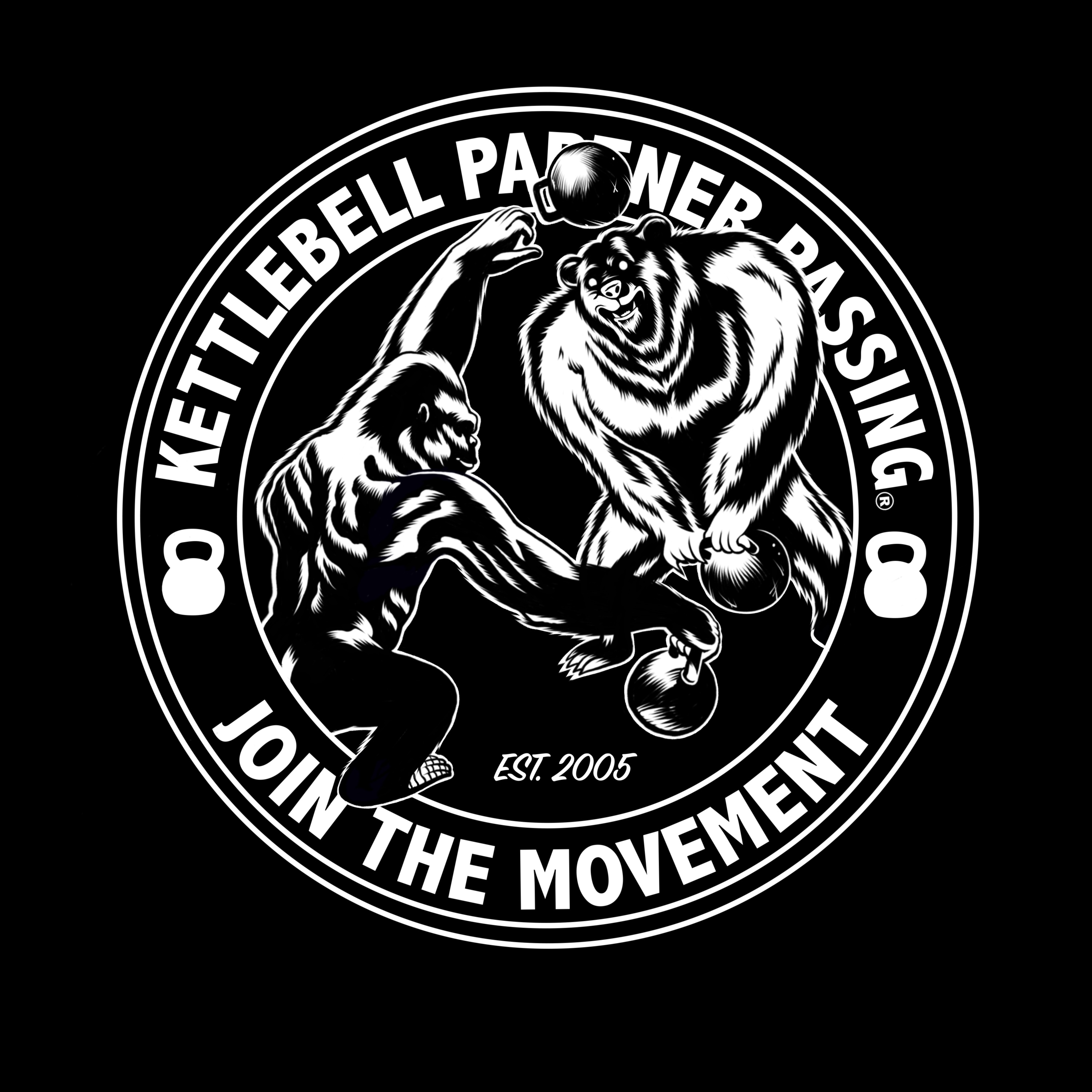4 Variables for Kettlebell Partner Passing Possibilities
- Kettlebell Partner Passing

- Sep 9, 2021
- 3 min read
Updated: Apr 6, 2022
If you’re new to the world of passing kettlebells, it’s likely that most of what you’ve seen is people tossing a kettlebell back and forth using two hands, otherwise known as the Two Hand Pass. The Two Hand Pass is where we recommend everyone begin their Kettlebell Partner Passing journey and learn to hone their skills. However, the Two Hand Pass is just the tip of the KPP iceberg. When you get creative — like Michael Castrogiovanni did over a decade ago — the potential for different ways to pass with a partner is limitless.
4 Variables for Passing Possibilities
Number of Kettlebells. There are numerous two and one hand passing variations with a single kettlebell that set the foundation for passing multiple kettlebells. Two bells can be passed next: either both partners toss a bell at the same time, or one partner tosses both bells. Three bells are next, with one partner tossing two and the other tossing one. Eventually, “quad bell” is unlocked, meaning each partner tosses two bells. With each number of bells, there are multiple ways to pass them. With each bell that is added, the difficulty is elevated.
Number of Partners. While working in pairs is ideal for most KPP skills, adding a third or fourth person to the mix increases the intricacy and possibilities of passing. When a third person is added, they can sub in every other pass, creating a round robin style of passing amongst the three. Another way to play with three people is “monkey in the middle”, where one person fields double the passes and does double the work. When a fourth person is added, bell(s) can be passed in a circular fashion, reversing directions or switching up the type of pass every so often, to name a few. KPP can be practiced in groups larger than four, and the complexity of passing goes up with each additional person.
Hand Position. How and where one grips the kettlebell handle while passing is another way to expand the possibilities of KPP. The most basic hand position is knuckles forward, for two and one hand grip. Knuckles back is another option, which comes up during freestyle partner passing. Then there is pistol grip, which has the thumb facing forward and is used for one hand variations that go behind the back and inside and outside the legs. Thumbs down pistol grip is exactly what it sounds like, the pistol grip variation but with the thumb facing the ground. The kettlebell can also be caught by gripping the ball of the bell with both hands or catching the handle in a bottoms up position.
Standing vs Moving. Passing while standing in one place includes two and one hand passing with single or multiple kettlebells. One hand passing in place can be done diagonally, behind the back, inside the legs, and outside the legs. While this offers many possibilities already, the possibilities of KPP become virtually unlimited when movement is introduced. You can begin with one partner being stationary and one partner moving, and graduate to both partners moving, which will eventually lead to freestyle. When it comes to freestyle, both partners move around in an unscripted manner while performing different types of passes (any pass they can think of, really!), usually using one kettlebell.
Now that you are versed in the variables you can use to create a virtually limitless number of options for Kettlebell Partner Passing, it’s time to practice! Check out this in-depth article on the Two Hand Pass and get your body prepared to pass with the Kettlebell Solo Foundations program.



Comments